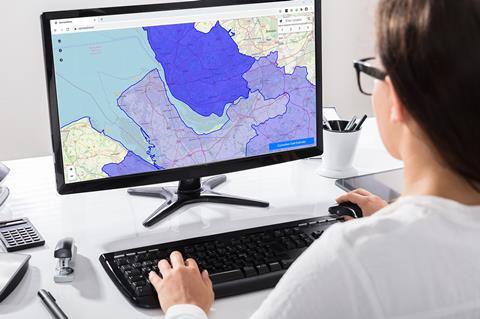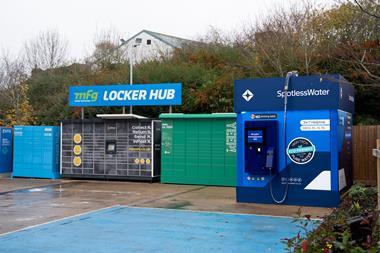
A new transport model designed to anticipate and map electric vehicle (EV) uptake across Cheshire, Merseyside, North Shropshire, and North and Mid-Wales has been unveiled by electricity distributor SP Energy Networks.
The transport model – described as the first of its kind – is designed to predict where and when EV charging demand will occur in the region, helping investors to identify the best locations to install charge points as demand for EVs grows. It can also identify where that demand needs to be accommodated on the electricity network.
Working alongside partners EA Technology, Smarter Grid Solutions and PTV Group, SP Energy Networks’ four-year Ofgem-funded Charge Project will merge transport and electricity-network planning for the first time to create an over-arching map of locations where EV charge points will be required and where the electricity grid can best accommodate them.
The transport model unveiled this week anticipates EV uptake based on demographics, land-use data, travel patterns, driver behaviour, and scenario-based assumptions of how the EV market will evolve in the coming years.
This insight means infrastructure investment can be targeted where it’s most needed and where it can deliver maximum benefits for drivers, according to Scott Mathieson, Network Planning and Regulation Director at SP Energy Networks, who said: “The Charge Project transport model is a never-before-available online platform capable of generating detailed scenarios for EV uptake as far into the future as 2050. By predicting where charging demand is likely to be high, the model can help drive infrastructure investment and development in a way that will make the transition to electric vehicles a much more viable option for many. It has the potential to really transform how EV infrastructure is embedded into our towns and cities and I look forward to seeing how the project takes shape in the coming weeks and months.”
Dr Laurence Chittock, Project Lead, PTV Group, said: “This model is unique to the UK’s rapidly expanding EV market. By anticipating how EV uptake might progress and understanding the travel patterns of all drivers across the project area – not just the early adopters – the model can show where infrastructure is most needed.”
The next stage of the Charge Project will be a major trial in the project area of ‘smart charging connections’ - pioneering technology that can intelligently and automatically control the power consumption of EV chargepoints. This will be followed by the rollout of the ConnectMore tool, a public-facing web application that will help businesses and local authorities identify suitable sites for new charge points and estimate the cost of connecting them to the network.

































No comments yet